Multiple Headed and Hybrid Gods: In the Temples of South India
The book deals with thes parsely discussed theme of the Hindu gods with multiple heads, arms and legs rarely found in the temples of medieval South India. The multiplicity of heads and limbs depicted in the temple sculptures is not only a feature of the Hindu religious art but it denotes several functions, activities of the gods, the rise of the cults and their spread in the different regions of the country Depiction of the hybrid gods by combining one or more animal or birdf orms with one human physical body represent the separate cults in single figure and reveals not only the underlying religious myths but also the religious transformations of the gods as well as their ever changingr oles and identities. Although them ulti-heads, multi-arms and many legs of the Hindu gods violate the anatomical naturalism they convey a sense of power endowed with superh uman elements and distinguishes themselves as the symbols of the Integration of the different sects. The study focuses mainly on the study of the less known icons of Siva as Juaraharesvara with multiple heads and legs, Panchamukha Ganesa, Sarabhesa, Sadasiva, Panchamukha Hanuman, Purushamriga, Panchamukha Garuda and the multiple headed animals such as three headed bull, two, three andf ive headed cows etc., closelya ssociated with the Hindu gods with Iconographical and mythological perspectives. It throws a welcome light on the unpublished images and provides a basis for the better understanding of the multiple headed and hybrid deities and the semi-divine beings worshipped in the temples of South India. The large number of the images described and interpreted in the study is illustrated by 46 line drawings and 122 photographs.
Get it now and save 10%
BECOME A MEMBER

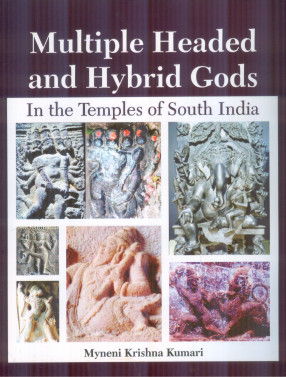
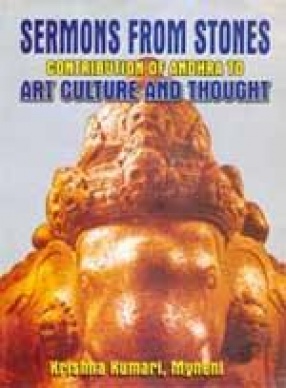
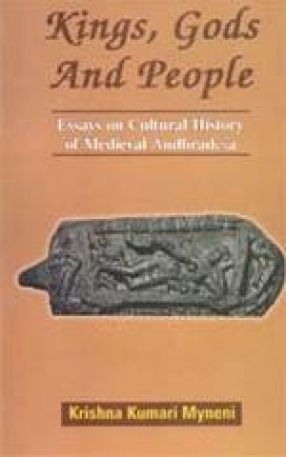

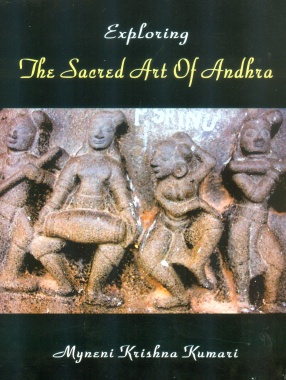
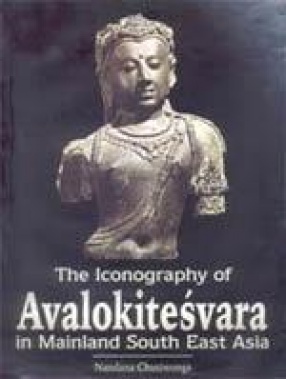
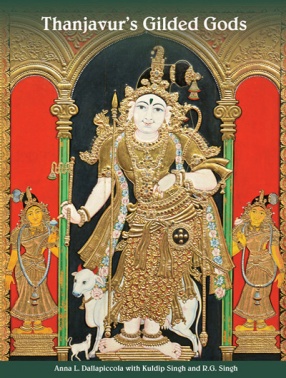
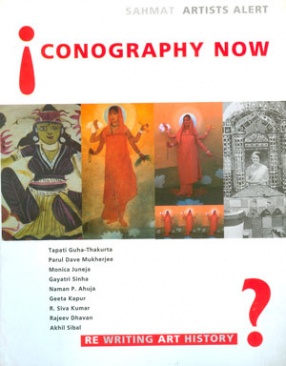
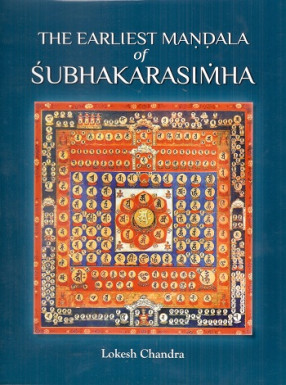

Bibliographic information